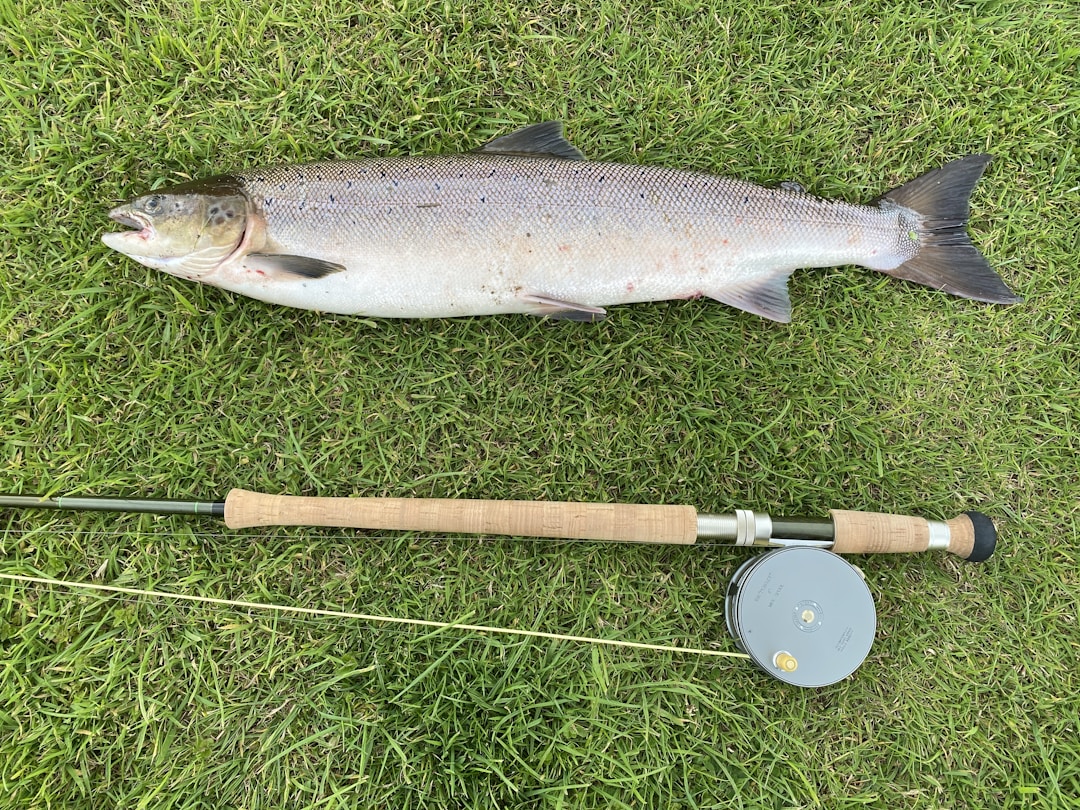The art of fly tying is both a hobby and a skill that requires precision, patience, and the right tools. Among these, the fly tying vise is a cornerstone, offering stability and versatility to craft the perfect fly. Selecting the ideal vise is paramount for novice and experienced fly tiers alike, as it dramatically impacts the quality and durability of the finished flies. This article delves into the intricate world of fly tying vises, providing knowledgeable insights to make an informed choice for your fly fishing endeavors.
Understanding Fly Tying Vise Types and Their Purposes
Fly tying vises come in several designs to suit different needs and experience levels. Stationary vises provide a stable, fixed position, making them ideal for beginners who value simplicity and steadiness. On the other hand, rotating vises allow 360-degree hook rotation, making intricate fly patterns easier to tie with greater precision.
For portability, travel vises offer a compact, lightweight option, often with carrying cases for convenience. In contrast, bench vises are designed for permanent workstations, offering maximum stability for dedicated fly tiers. Choosing the proper vise depends on your frequency of tying, workspace setup, and the complexity of the flies you create.
The materials used in constructing a fly-tying vise also play a crucial role in its overall quality and longevity. Base materials range from heavy metals for ample support to lighter composites for easy transportation. Similarly, the jaws and other critical components can be forged from various alloys, each offering differing degrees of durability and resistance to wear. The choice of materials should reflect both the frequency of use and the complexity of the flies being tied.
Additionally, specialized vises cater to tying specific types of flies. For example, large saltwater flies require heavy-duty jaws capable of securing bigger hooks, while delicate dry flies benefit from the precision offered by finer jaws and more delicate tension adjustments. This specialization can dictate the overall experience and outcome when tying different fly types. Therefore, having clarity about your intentions and patterns will steer you towards the ideal vice.
Assessing the Right Jaw Type for Your Fly Tying Needs

Jaws are a crucial component of any fly-tying vise, serving as the primary point of contact with the hook. Standard jaws work well for most mid-sized hooks and common fly patterns. However, tiers frequently using very small or large hooks may benefit from specialized jaws designed for those specific sizes.
The design and construction of the jaws also influence their functionality. Features that allow easier access to the hook eye are beneficial for detailed work, such as intricate head wraps or leader attachments. The mechanism used to secure the hook—lever, cam, or screw—can impact both grip security and overall ease of use.
Some premium vises have interchangeable jaws for added flexibility. This feature is ideal for tiers who work with a wide range of hook sizes and fly types. Swapping jaws to match specific tying needs can improve precision and save time.
The finish of the jaws is another critical consideration for hook care. Non-marring finishes help prevent damage to the hook’s surface, preserving its sharpness and strength. This is particularly important when using high-end or chemically sharpened hooks to ensure optimal performance during fishing.
Balancing Cost and Quality When Selecting Your Fly Tying Vise
The market offers a broad range of fly-tying vises, each with its price point and quality level. Budget-friendly models might appeal to beginners or those with occasional tying needs. Yet, investing in a more expensive vise can be cost-effective in the long run due to higher-quality materials and construction, leading to greater durability and fewer replacements or repairs.
Mid-range vises often balance affordability and functionality, presenting a viable option for serious hobbyists who tie regularly but watch their expenses. These vises typically provide a solid foundation of features without the premium cost associated with top-tier models. The trade-off may involve a compromise on some of the more specialized features or accessory options.
For professionals or those seeking the pinnacle of performance, premium vises boast the best materials, precision engineering, and an extensive range of features and accessories. While the upfront cost is higher, these vises are investments that cater to the nuances of advanced tiers and can enhance the user experience immensely. They’re built to last, often with warranties or guarantees that safeguard your investment.
Overall, selecting the proper fly-tying vise hinges on understanding your needs, tying frequency, and the types of flies you intend to create. By balancing functionality, quality, and budget, tiers can ensure a rewarding and efficient fly-tying experience that grows with their skill level.






